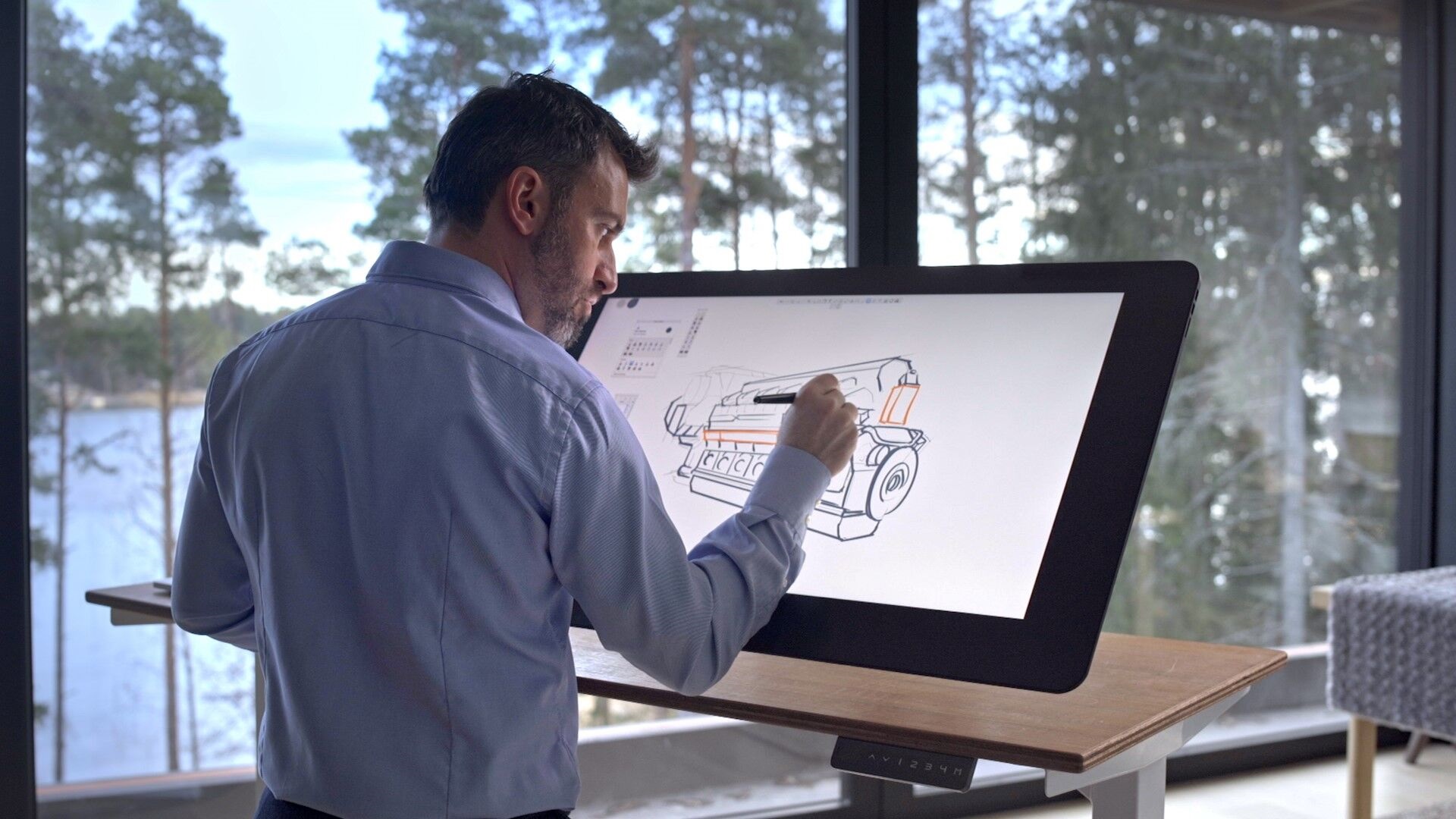

This quarter’s pre-silent call was held on 31 March. In this blog post we summarise the main messages and questions from the call. If you would like to listen to the entire call, the recording is available here and the presentation slides here.
Before the Q&A session, Arjen discussed recent development of our businesses, profitability drivers for 2023, and the recently updated Clarksons forecast.
Cost inflation is still burdening our new equipment business. Wage inflation is also a global issue, and although we are trying to mitigate that in our pricing, it is not so easy cover it all immediately. Voyage integration to Marine Power is progressing well, and in Q2 we will do further modifications, including moving some parts of Voyage and Marine Electrical Systems business unit to Portfolio business.
Looking at the energy market, I can confirm our guidance for better demand environment this year than last year holds. The utilisation rate of our installed base is good, and we do not see a decline at least in the short term. There are still a lot of details on IRA that need to be resolved, but what we can clearly see already is that the battery suppliers are thinking about local production in the US.
Clarksons recently updated their vessel contracting forecast. Despite recent rapid “re-calibration” of the container freight rates, the wider cargo shipping sector is still getting strong cash levels in. Current economic headwinds have in general not resulted in major negative implications for shipping. The banking sector problems are something to be monitored, but so far we have not seen any implications. Newbuild prices continue to increase, steel prices have gone down but the labour costs continue to rise. Yard capacity is increasing very slowly, and the lack of slots is driving the price increases more than costs. Newbuild contracting volumes for 2023 is revised slightly down from September 2022, from 1,544 to 1,460 vessels. Ordering is expected to pick up again in 2024 to 1,790 ships.
CII was implemented in the beginning of the year and first ratings will be done towards the end of this year which should drive retrofits. Slow steaming is also one solution, and that can cover the first years of the CII. We provide a solution to facilitate slow steaming for 2-stroke engines. Methanol is gaining traction and the share of methanol-capable fleet is expected to increase to ~20% of contracting (# of ships) by the end of the decade.
Our profitability drivers remain largely the same as communicated earlier. We do not see the Covid situation in China to have an impact to our business anymore. There is some uncertainty regarding the Energy engine production volumes in H2/2023 and whether the orders come in time to support the production volumes. Negative factors include wage inflation and energy costs, which can change quite quickly although the situation has been quite good recently. Supporting drivers include continuing growth of the service business, increasing decarbonisation push, profitability improvement of energy storage and Voyage, cost optimisation (including Trieste factory closure), and strong order book in both equipment and services. Lower value of equipment orders sold with “pre-war” prices will also support our profitability this year.
There have been lots of questions about cash flow in our recent meetings. We closed last year with negative operating cash flow. During the last three years, we have done significant effort in reducing working capital and it is now significantly below pre-covid levels. However, we will continue to push for further improvements going forward.
Do you see slow steaming as a risk for your service business?
As I mentioned before, we have developed a solution to facilitate slow steaming for 2-stroke engines. It is important to note that if you do slow steaming and the number of goods to be transported stays the same, you will need more ships.
Are you providing methanol fuelled engines to containerships?
Yes, we can provide methanol fuelled auxiliary engines to containerships although the main engines are not 4-stroke. We have already sold tens of methanol engines.
Can you share some details on CCS (Carbon Capture and Storage)?
We have sold carbon capture ready scrubbers that are now being installed. It is important to make sure that there is enough space around the scrubber for the carbon capture unit to be installed. We also have a carbon capture test lab in Norway and so far the test results have been very good and we have reached the milestones we had in mind. We see a lot of interest for CCS from our customers.
Cruise activity looks strong, are you seeing this in your service business? How about offshore wind sector?
Cruise service business is on a positive trend as many of the ships are sailing and we have service agreements that also give upselling opportunities. We also see an increasing interest in the offshore wind sector.
You recently got an order for reliquefaction systems for eight new LNG carriers. What are the lead times and how big are these orders?
Time between a ship order and us receiving the order varies usually between 6 to 12 months, but that also depends on yard capacity. Reliq plant orders are quite big.